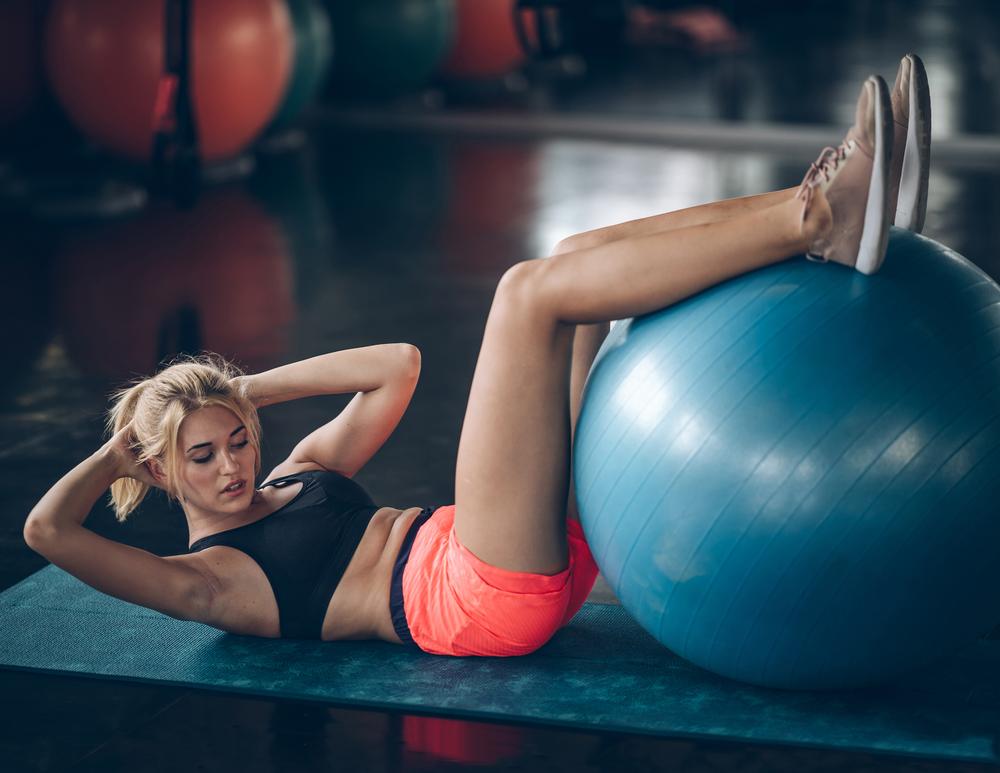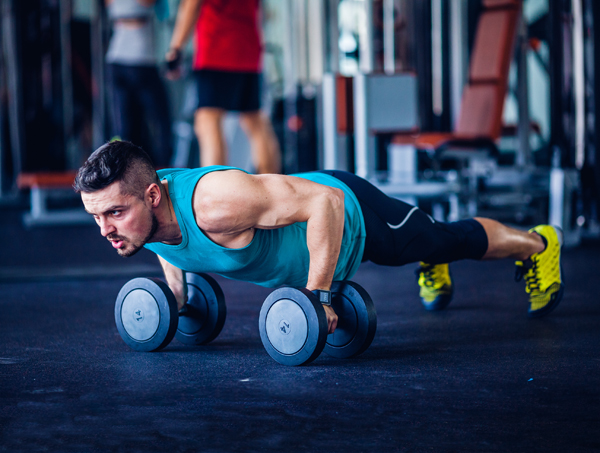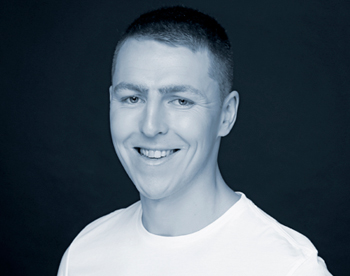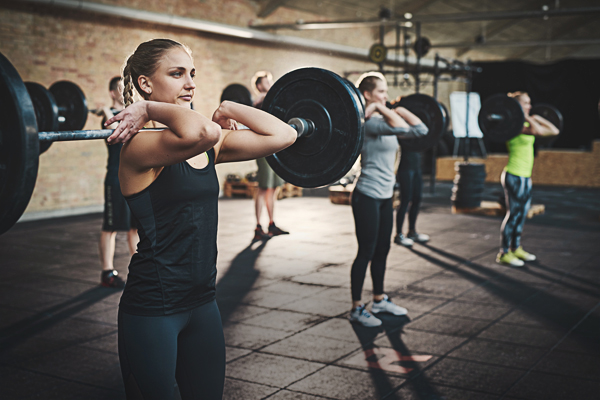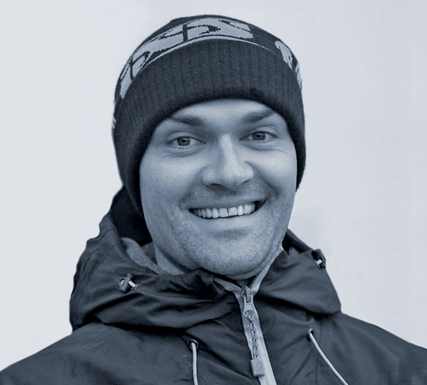
Alan Milway
Initially, training should be specific to the individual, not gender. Poor posture or poor movement patterns aren’t gender specific. However, as training progresses, there are areas in strength and power development that can differ between males and females.
I’ve coached a number of females who can squat/deadlift very good figures per kilogram of bodyweight and get close to male figures, but I haven’t been able to achieve the same in upper body performance. Therefore, I feel female athletes who can gain strength and power in the upper body can have a performance advantage over others during competition.
Other than this difference in upper body strength, I have found the needs of the athletes I’ve worked with have not tended to be gender specific.
However, women are able to work at a higher percentage of their maximum lifts than men, and if you don’t accommodate for this then you can get programming wrong – as from sets of five reps I’ve put the weight up slightly, only to find that one rep is too much.
I like to get all people moving well – so they can lunge, squat, hinge, push, pull and rotate well. Once they are able to do this, I can add load and build global strength, then specify to the discipline or the athlete’s needs.
Good general robustness is better than big peaks and troughs in performance in the sports I work within. Setting targets is important and I’ve worked with females who varied greatly, so I felt individual focus was more important than gender focus. Many men would be humbled by these strong and powerful female athletes!
“Women are able to work at a higher percentage of their maximum lifts than men. If you don’t accommodate for this, you can get programming wrong”








